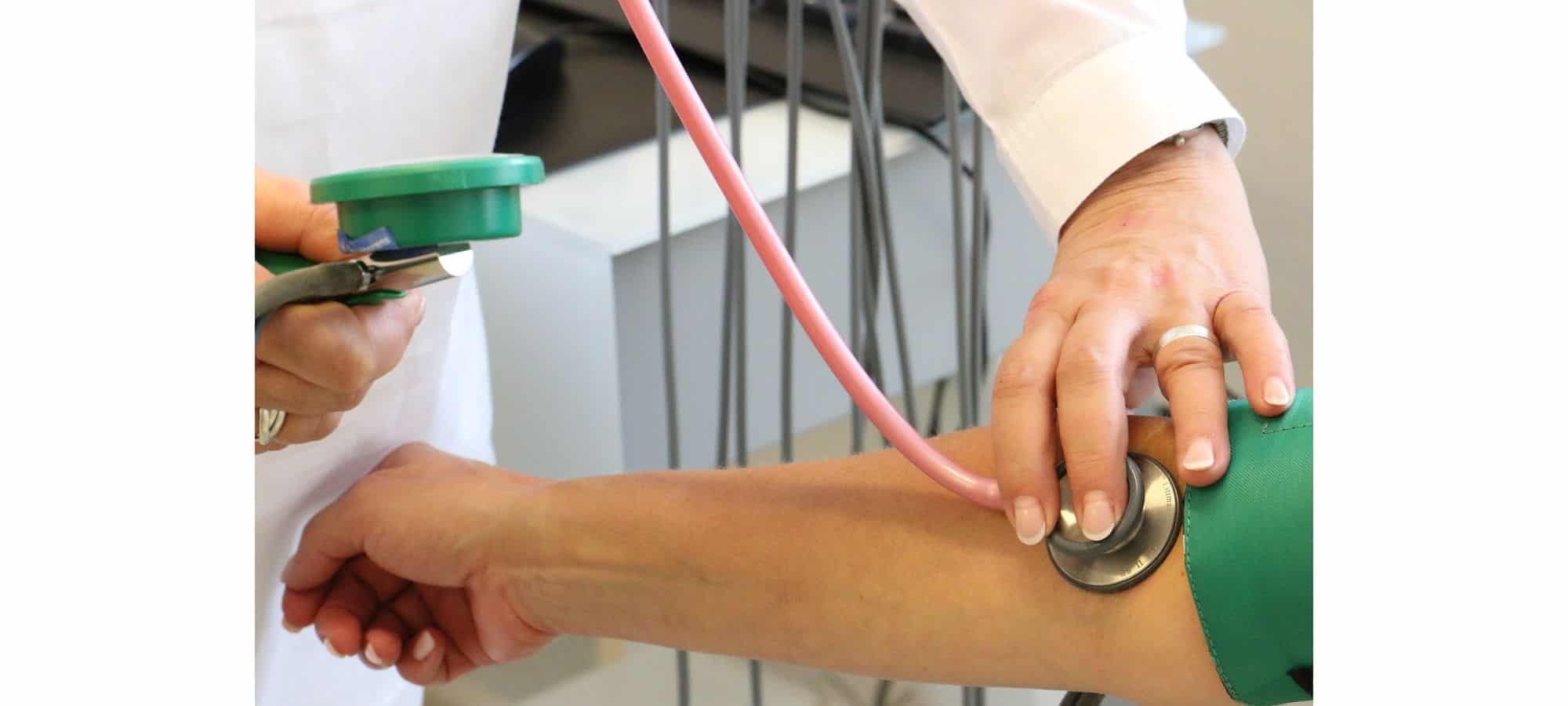Health Consequences, Benefits of Exercise, and When to Seek Medical Attention
Blood pressure is a critical health indicator often referred to as the silent killer due to its subtle yet potentially devastating effects. This blog post educates on high blood pressure, the health consequences of hypertension, the positive effects of exercise on blood pressure, and when to seek medical attention.
What is Blood Pressure?
Blood pressure is the force exerted by circulating blood against the walls of the arteries. It is measured using a blood pressure monitor and recorded as two numbers:
- Systolic pressure: The top number represents the pressure in your arteries when your heart beats.
- Diastolic pressure: The bottom number indicates the pressure in your arteries when your heart rests between beats.
A normal blood pressure reading is typically around 120/80 mmHg, according to the American Heart Association. Blood pressure can fluctuate based on activity, stress, diet, and overall health.
Health Consequences of High Blood Pressure
High blood pressure, or hypertension, occurs when the force of the blood against the artery walls is consistently too high. This condition can lead to severe health problems, including:
1. Heart Disease and Stroke
Hypertension increases the risk of heart disease, including heart attacks and strokes. The increased pressure can damage the arteries, making them less elastic, which decreases the flow of blood and oxygen to the heart and brain.
2. Aneurysm
Persistent high blood pressure can cause blood vessels to weaken and bulge, forming an aneurysm. If an aneurysm ruptures, it can be life-threatening.
3. Heart Failure
The heart has to work harder to pump blood against the higher pressure in the vessels, leading to thickening of the heart muscle. Over time, this can cause the heart to struggle to pump enough blood to meet the body’s needs, leading to heart failure.
4. Kidney Damage
Hypertension can damage the blood vessels in the kidneys, affecting their ability to filter waste from the blood effectively. This can lead to kidney disease or failure.
5. Vision Loss
High blood pressure can damage the tiny, delicate blood vessels that supply blood to the eyes, leading to vision problems or blindness.
6. Metabolic Syndrome
This syndrome involves a combination of disorders, including high blood pressure, high blood sugar, excess body fat around the waist, and abnormal cholesterol levels. It increases the risk of heart disease, stroke, and diabetes.
Positive Effects of Exercise on Blood Pressure
Regular physical activity is one of the most effective ways to prevent or manage hypertension. Here’s how exercise can positively impact blood pressure:
1. Lowers Blood Pressure
Exercise helps lower blood pressure by improving the heart’s efficiency, allowing it to pump blood with less effort, reducing the force on the arteries.
2. Promotes Weight Loss
Maintaining a healthy weight is crucial for blood pressure control. Exercise helps burn calories and reduces body fat, which can help lower blood pressure.
3. Improves Heart Health
Regular physical activity strengthens the heart muscle, improving its ability to pump blood and reducing the workload on the arteries.
4. Reduces Stress
Exercise can lower stress levels, which can contribute to high blood pressure. Activities like walking, swimming, and yoga can help promote relaxation and reduce stress hormones.
5. Improves Sleep
Regular physical activity can improve sleep quality, which is important for maintaining healthy blood pressure levels.
Recommended Exercises for Blood Pressure Management
- Aerobic exercises: Walking, jogging, cycling, swimming, and dancing.
- Strength training: Lifting weights or using resistance bands.
- Flexibility and balance exercises: Yoga and tai chi.
Exercise Guidelines
- Aim for at least 150 minutes of moderate-intensity aerobic activity or 75 minutes of vigorous-intensity activity each week.
- Include muscle-strengthening activities on two or more days a week.
- Start slowly and gradually increase the intensity and duration of your workouts.
Measuring Blood Pressure at Home
Monitoring blood pressure at home is a practical way to keep track of your health. Using a home blood pressure monitor allows you to regularly measure your blood pressure and understand how lifestyle changes impact your health.
Steps to Measure Your Blood Pressure at Home:
- Choose a Home Blood Pressure Monitor: Select a reliable device, preferably one validated by the American Heart Association.
- Prepare for Measurement: Sit quietly for five minutes before measuring. Avoid caffeine, exercise, and smoking 30 minutes prior.
- Position Correctly: Sit with your back straight and supported, feet flat on the floor, and arm supported at heart level.
- Take Multiple Readings: Take two or three readings one minute apart and record the results.
When to Seek Medical Attention
It’s important to regularly measure your blood pressure and seek medical attention if you experience any of the following:
1. Consistently High Readings
If your blood pressure readings are consistently above 140/90 mmHg, it’s time to consult a healthcare provider.
2. Symptoms of Severe Hypertension
Symptoms such as severe headaches, shortness of breath, nosebleeds, chest pain, visual changes, or blood in the urine require immediate medical attention.
3. Medication Side Effects
If you’re experiencing side effects from blood pressure medication, consult your doctor to adjust the dosage or explore alternative treatments.
4. Uncontrolled Blood Pressure
Despite lifestyle changes and medication, if your blood pressure remains high, further medical evaluation and intervention may be necessary.
5. Other Health Conditions
If you have conditions like diabetes, kidney disease, or heart disease, regular blood pressure monitoring and management are crucial.
Conclusion
Understanding and managing blood pressure is vital for maintaining overall health and preventing serious health issues. Regular exercise, a healthy diet, stress management, and regular blood pressure checks are key components of blood pressure management. If you experience any concerning symptoms or have consistently high readings, seek medical attention promptly to ensure proper care and intervention. Your heart and arteries will thank you for it!

